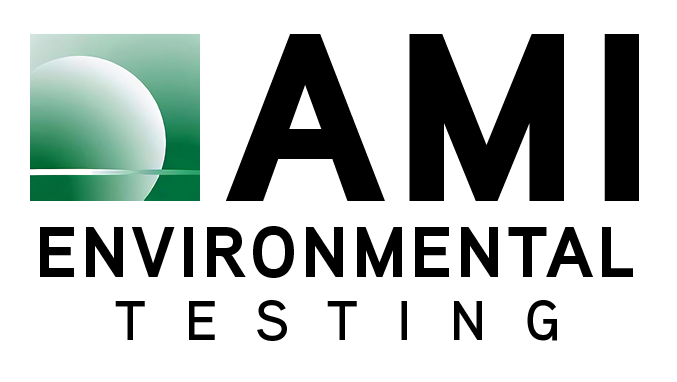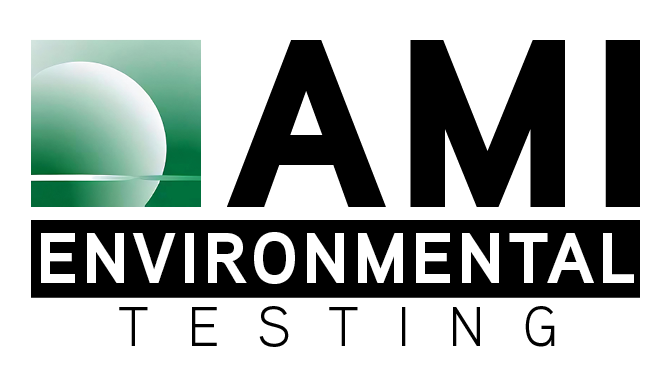RCRA, or the Resource Conservation and Recovery Act, identifies hazardous waste characteristics to ensure proper handling, treatment, and disposal, safeguarding public health and the environment. These characteristics include ignitability, corrosivity, reactivity, and toxicity.
Ignitability refers to waste that can easily catch fire, posing risks during transportation and storage. Corrosivity involves substances that can corrode metal containers, potentially causing leaks or spills. Reactivity encompasses materials that are unstable and prone to violent reactions, posing dangers to workers and the environment. Toxicity involves waste containing harmful chemicals that can leach into soil and water sources, posing severe health risks to humans and wildlife.
Identification of RCRA characteristic hazardous waste is crucial for regulatory compliance and risk mitigation. Proper management of such waste involves careful handling, storage in appropriate containers, and treatment methods tailored to neutralize or reduce their hazardous properties.
Furthermore, RCRA mandates comprehensive tracking, reporting, and disposal procedures to ensure that hazardous waste is managed responsibly from generation to disposal. By adhering to these regulations, industries and communities can minimize environmental and health hazards associated with hazardous waste.



